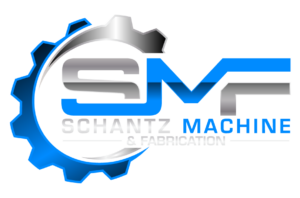Custom Machined Parts: How to Keep Your CNC Machining Costs Down
- Posted By: Zach Schantz
When it comes to CNC machined parts, finding the right manufacturing company to work with can prove to be a challenge – especially when you are looking for a high level of quality coupled with affordable costs.
Whether you’re looking for large-scale production of CNC parts or a single production-quality prototype, you need an experienced full-service CNC machining company offering 3D design and assembly to complete your projects quickly and efficiently with the tightest tolerances. Fortunately, that’s where SMF excels.
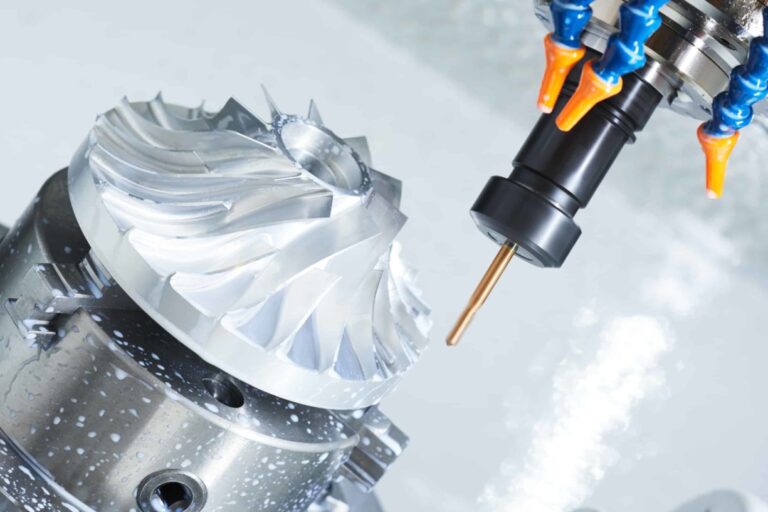
Lowering Your CNC Machining Costs
Cutting manufacturing costs is often the main priority when it comes to CNC machining. Fortunately, the decisions that you make as a designer can have a vital impact on the final pricing. With a little knowledge about what impacts the cost of CNC parts, you can contribute greatly towards lowering these costs.
What most affects the final price for machined parts?
- Machining time
- Material cost
- Set-up and programming costs
- Finishing costs
When pricing CNC machined parts, remember that the longer it takes to cut a piece, the more it is going to cost you. In fact, machining time is often the number one driver for CNC machine pricing. That said, you should also pay attention to material costs.
After all, the ease with which a material cuts directly impacts project time and the final price tag.
Set-up costs also come into play. These include expenses related to CAD file preparation and part fixturing. For smaller volumes, these costs can be significant. The higher the quantity, the more these costs can be spread out per part, but at low volume, the set-up is often more expensive than the part itself.
Design Options for Low Cost CNC Machining
Avoid Deep Pockets and Internal Cavities
When designing parts for CNC machining, know that deep internal cavities prove both time-consuming to clear and difficult to reach with standard tooling. These cavities require the use of extra-long tools which are vulnerable to deflection and breakage during the machining process. To avoid this, always try to keep deep pockets as wide as possible. This allows for the use of larger diameter tools to maintain strength and minimize chatter. Most tools use a 4 times diameter rule, meaning a ¼” wide pocket needs to stay no deeper than 1”.
Use Wide Rounded Internal Corners
CNC machining tools are round and create rounded internal corners. If you keep the radius of these corners fairly wide, it gives the machine shop the ability to use the largest diameter tool possible. The larger the tool, the stronger the tool, and strength means more speed and shorter cycle times.”.
Limit The Use of Tight Tolerance's
In most cases, only a few dimensions and features prove critical to the function of a part. As you look at a design, remain conscious of how many numerical callouts are in it. The more callouts, the more you may pay. To avoid this, assign numerical values only to mission-critical surfaces and features. As for less crucial features? The standard tolerance of +/- .005″ should be, in most cases, plenty good to control them. Tighter tolerances than +/- .005 usually come with higher costs.
Optimize Tapped Holes - Tap Size and Hole Depth
The two primary factors you should consider in regards to tapped holes are tap size and hole depth. For tap sizes, utilize standard sizes wherever possible. This approach will allow you to minimize costs. Most machine shops have all the common tap drill sizes, while something out of the normal range will need to be purchased and add to the overall job cost.
We also recommend designing to avoid the smallest threaded holes. These tiny holes require hand tapping, a risky and laborious process that adds time and dollars to your CNC cost. In regards to hole depth, the deeper each hole goes, the more expensive the parts will become. There is no need to thread a hole more than two times the hole’s diameter, as additional threads don’t really increase holding power beyond that.
Expand Thin Walls to Avoid Chatter
CNC parts with thin walls tend to chatter. This “chattering” slows the manufacturing process and leads to distortions. Distortions, in turn, contribute to difficulty holding tolerances. As you can imagine, all of this means a bigger bill when it’s time to run your parts. Keep walls as thick as possible to avoid complications associated with chattering. If there is no way to get around thin walls, consider other manufacturing methods better geared toward this kind of production such as sheet metal fabrication.
Avoid Multiple Finishing Steps
There are many ways to treat a surface, from an as-is machined finish to chemical treatments like anodizing. But how “pretty” do your manufactured parts need to be? Remember that each request, such as mixing and matching, adds more steps to the manufacturing process, which can substantially ramp-up costs. Therefore, it’s best to either request a uniform finish or leave it open. If you’re still unsure about what you need, speak to SMF about your application and viable finishing options.
Whenever Possible Order Larger Quantities
When possible, use economies of scale to your advantage by going bigger and ordering larger quantities of the parts that you need. Sure, CNC milling machines run efficiently, combining multiple operations, but they still have minimum start-up costs associated with setup and programming. When ordering big, you generate production efficiencies, spreading your setup and programming time over higher quantities. The higher the quantity the less you will pay per piece.
Split Complex Parts
Sometimes, complex parts prove less expensive to manufacture when designed and cut as separate pieces. These pieces can then be bonded, welded, or bolted together later. How do you know if a piece might lend itself to be broken down into multiple parts? Deep pockets and tall (but generally small) features that are isolated in separate areas of the part will typically lend themselves into being two or more parts. This will help avoid really large blanks with lots of material removal.
Schantz Machine and Fabrication is
Your Machining Partner
From single working prototype parts to large production runs with fast quotes and short lead times, Schantz Machine & Fabrication utilizes cutting-edge technology to provide customers with cost-effective manufacturing and the lowest per-part costs industry-wide. We use AutoDesk Fusion 360, AutoDesk Inventor, AutoCAD, Solidworks, and more to ensure you get the parts you need quickly and at the best pricing possible.
Learn more about our approach to affordable CNC machining, backed by more than 60 years in the industry.
Request a custom quote for your next project today!
Other Articles of Interest
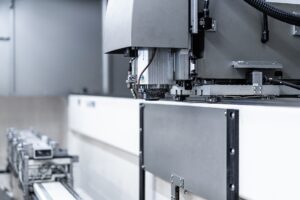
New CNC Machining Technology Trends for 2025
New CNC Machining Technology Trends for 2025 The CNC machining industry is on the cutting edge of technological advancement, often seeing early adoption of new
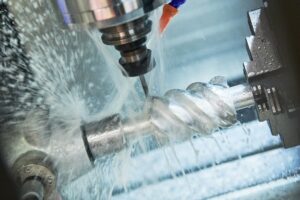
What Is a Custom Fabrication Shop?: A Review of Our Capabilities
What Is a Custom Fabrication Shop?: A Review of Our Capabilities The Schantz family began building custom trailers and trucks for the food industry over
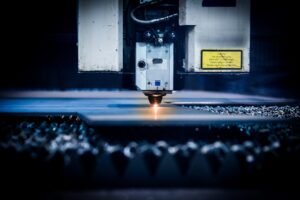
What Is CNC Laser Cutting?
What Is CNC Laser Cutting? Precision and efficiency are paramount when it comes to manufacturing and fabrication. It is for these reasons that the manufacturing
How Can We Help You Today?
From initial design, to prototypes and full production,
you can count on us to deliver quality parts,
on time and on budget!
